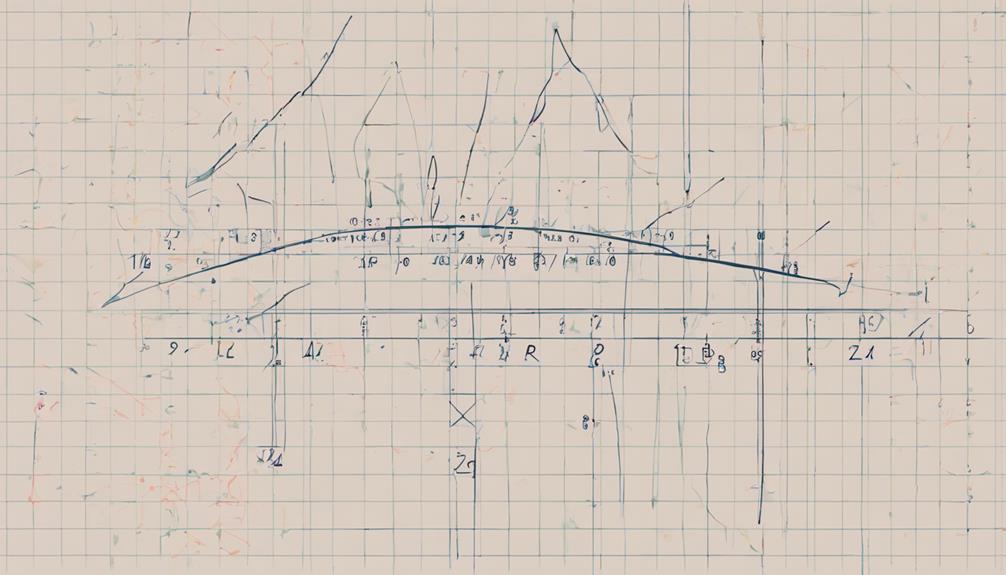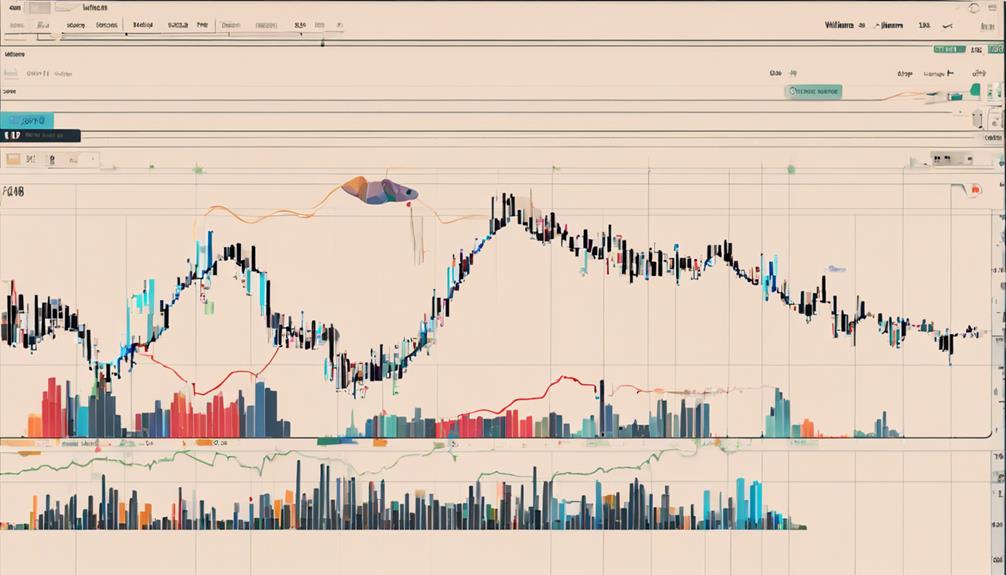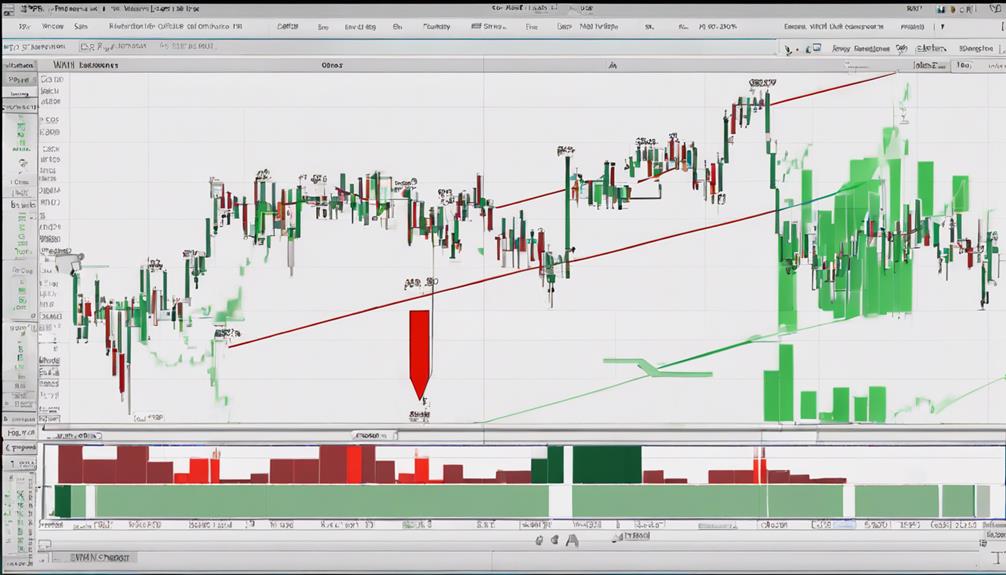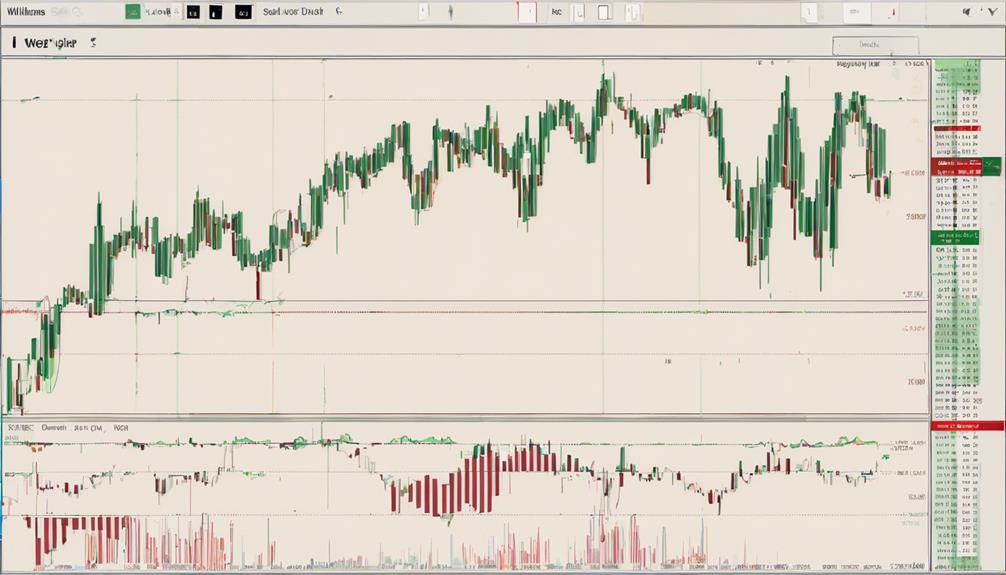Exploring the intricacies of the Williams %R indicator unveils a wealth of insights for traders seeking to enhance their analytical toolkit. From its origin to practical application in trading strategies, this guide delves into the nuances of interpreting signals and avoiding common pitfalls.
Understanding how to utilize this indicator effectively can be a game-changer for traders navigating volatile market conditions. Stay tuned as we unravel the key components that make the Williams %R indicator a valuable asset in the realm of technical analysis.
Origin and Purpose of Williams %R
Developed by Larry Williams, the Williams %R indicator serves the purpose of measuring the relative position of the closing price in relation to the high and low prices to identify overbought and oversold market conditions. This indicator oscillates between -100 and 0, with values nearing -100 signaling oversold conditions and those close to 0 indicating overbought conditions.
By analyzing these values, traders can anticipate potential trend reversals and assess the strength of prevailing trends. The Williams %R indicator offers insights into market conditions, highlighting potential trading opportunities and warning of possible reversals. Its calculation provides a snapshot of the current price's relationship to the highest high and lowest low, aiding traders in making informed decisions.
Understanding the origin and purpose of the Williams %R indicator is crucial for traders seeking to navigate market dynamics and capitalize on fluctuations in asset prices efficiently.
Mathematical Formula Behind Williams %R

The Williams %R indicator's mathematical formula, (Highest High – Close) / (Highest High – Lowest Low) * -100, is pivotal in assessing market conditions by comparing the current closing price to the highest high and lowest low within a specific period. This calculation results in a percentage value that fluctuates between 0 and -100, offering insights into potential trend reversals and market extremes.
Here are five key points to understand about the Williams %R formula:
- It is a momentum oscillator used to identify overbought and oversold conditions.
- The formula considers the highest high and lowest low prices over a specified period.
- The percentage value helps traders gauge the current market situation.
- Extreme readings near -100 indicate oversold conditions, while values close to 0 suggest overbought conditions.
- By analyzing the Williams %R values, traders can anticipate possible changes in the market direction.
Interpreting Overbought and Oversold Levels

Assessing market conditions through the Williams %R indicator involves interpreting overbought and oversold levels to inform trading decisions based on potential price extremes. Overbought levels in Williams %R are typically considered above -20, indicating high %R readings and suggesting potential price highs. Conversely, oversold levels in Williams %R are typically considered below -80, signifying low %R readings and pointing towards potential price lows.
These overbought and oversold conditions are relative to recent price ranges, providing traders with valuable insights into the market sentiment. By recognizing when the Williams %R reaches these extreme levels, traders can anticipate potential reversals or continuations in price movements. Utilizing this information, traders can make more informed decisions on entry and exit points, risk management, and overall trade strategies.
Understanding the dynamics between overbought and oversold levels in the Williams %R indicator is crucial for traders seeking to navigate the markets effectively.
Incorporating Williams %R Into Trading Strategies

Incorporating the Williams %R indicator into trading strategies allows traders to leverage overbought and oversold conditions to make informed decisions regarding entry and exit points in the market.
Traders can use Williams %R as a momentum indicator to identify overbought or oversold conditions, aiding in timing entry and exit points. Utilizing Williams %R for buy and sell signals near -20% and -80% respectively can provide guidance for trade executions.
Divergence trading using Williams %R can help detect potential trend reversals by looking for discrepancies between price movements and %R. Observing price behavior in relation to the overbought and oversold zones indicated by Williams %R can confirm trends and signal possible reversals.
Conducting multiple timeframe analysis with Williams %R can offer a comprehensive view of market conditions, enhancing decision-making processes.
Common Misconceptions and Mistakes

Common misconceptions and mistakes surrounding the utilization of the Williams %R indicator in trading strategies can significantly impact decision-making processes and overall trading outcomes. One common pitfall is the misinterpretation of overbought and oversold levels, as markets can remain in these states for extended periods, leading to prolonged trends.
It is crucial to remember that no single indicator, including the Williams %R, guarantees profitability in trading. To mitigate errors, traders should combine the Williams %R indicator with other technical tools for a more comprehensive analysis. Overreliance on the Williams %R indicator alone should be avoided, emphasizing the necessity of a holistic approach to trading analysis.
Is the Williams %R Indicator Difficult to Understand for Beginners?
For beginners, the Williams %R indicator may seem complicated, but with the expert’s guide to Williams %R indicator, it can become easier to understand. By following the recommended steps and learning how to interpret the values, beginners can gain a better understanding of this technical analysis tool.
Frequently Asked Questions
What Is the Best Setting for Williams %R?
The optimal setting for Williams %R often defaults to -20 for overbought and -80 for oversold levels. Adjustments can be made based on market dynamics or personal preferences, impacting signal frequency. Experimentation aids in finding the most suitable configuration.
How Do You Read a Williams R Indicator?
Reading a Williams %R indicator involves identifying overbought conditions above -20 and oversold conditions below -80. Values near 0 signal overbought markets, while values near -100 indicate oversold markets. Traders analyze these signals for entry and exit points.
What Is the Williams R Trading Strategy?
The Williams %R trading strategy employs extreme levels to trigger buy/sell signals. It capitalizes on market inefficiencies by identifying overbought and oversold conditions. Traders aim to profit from potential trend reversals through divergence analysis and strategic position entries.
How Do You Use William Percent Range?
To use the Williams %R indicator effectively, traders analyze values ranging from 0 to -100. Near 0 suggests overbought conditions, while near -100 indicates oversold conditions. Crossing -20 signals buying opportunities, while falling below -80 identifies selling prospects.
Conclusion
In conclusion, the Williams %R indicator serves as a valuable tool for traders seeking to navigate the complexities of the financial markets. By understanding its origin, mathematical formula, and practical applications, traders can effectively identify market conditions, determine trend strength, and avoid common misconceptions.
Incorporating the Williams %R indicator into trading strategies can lead to informed decision-making and improved trading outcomes. Embrace the power of this indicator to unlock new possibilities in your trading journey.


